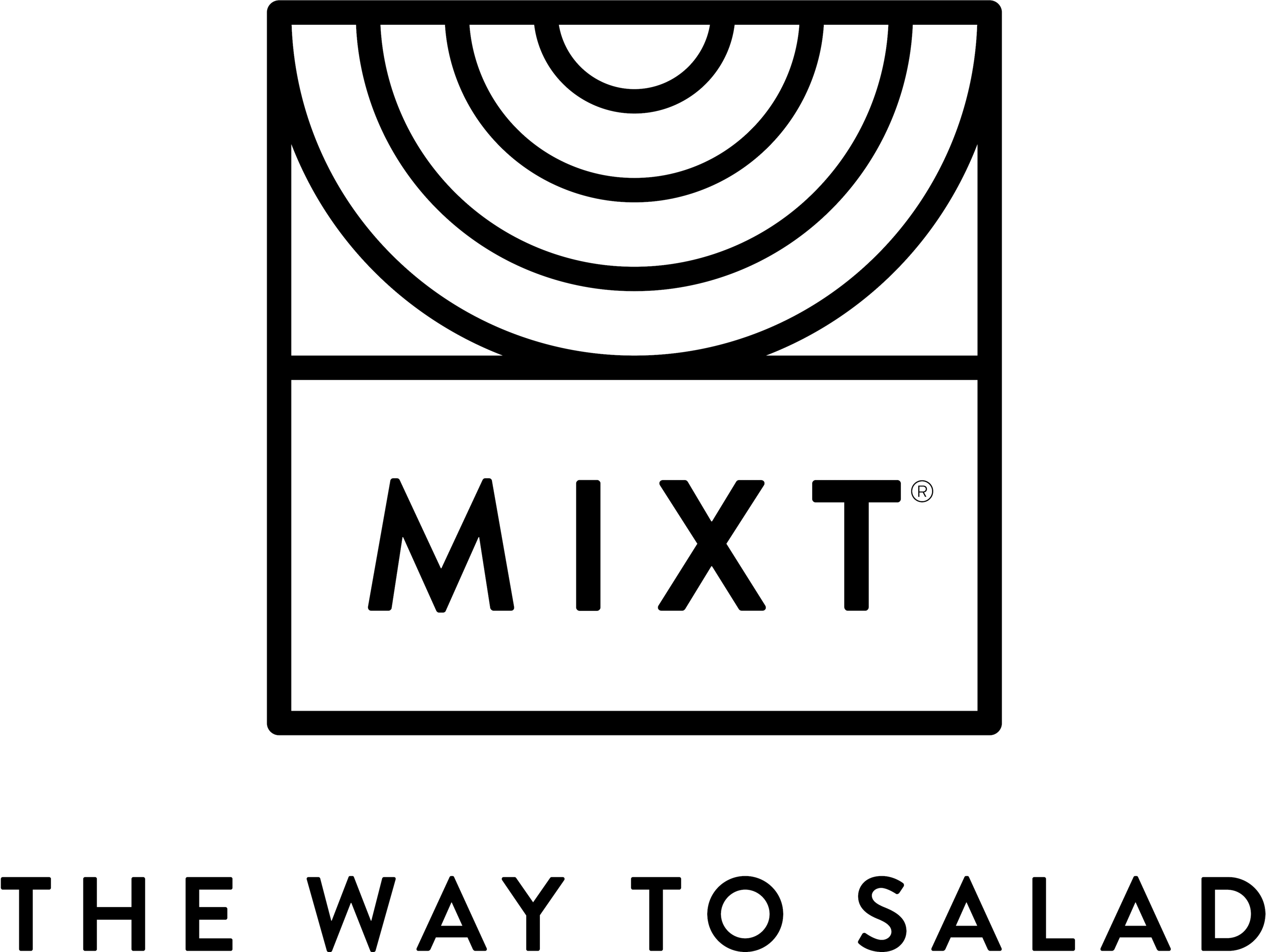

MIXT

California, United States
August 2018
Restaurants & food service
Service with Significant Environmental Footprint
United States
When we started MIXT in San Francisco in 2005, we founded it on the belief that healthy, craveable, sustainable food should be accessible to all. We couldn’t make it delicious without procuring a wide variety of the freshest produce, sourced locally around the seasons. We couldn’t make it healthy without leaving out all the extras used to preserve or modify the taste of ingredients at their peak. And we couldn’t make it sustainable without committing to protect the ecosystems we tap into for building our culinary creations—ones that are both environmental and human. Almost two decades later, we are stewards of what’s become known as the MIXT Movement: the notion that macro-level change in our industry, as with any, is driven by the small actions that our team tackles on a micro-level. As a proud B corp, it’s our vision to transform the food industry with small conscious actions in our business practices. The result? A restaurant that reimagines what it means to eat better and inextricably links the growers, the makers, and the enjoyers to propel a healthier world MISSION STATEMENT: Our mission is to ignite positive change every day while nourishing a healthy world.
Overall B Impact Score
Governance 16.2
Governance evaluates a company's overall mission, engagement around its social/environmental impact, ethics, and transparency. This section also evaluates the ability of a company to protect their mission and formally consider stakeholders in decision making through their corporate structure (e.g. benefit corporation) or corporate governing documents.
What is this? A company with an Impact Business Model is intentionally designed to create a specific positive outcome for one of its stakeholders - such as workers, community, environment, or customers.
Workers 24.9
Workers evaluates a company’s contributions to its employees’ financial security, health & safety, wellness, career development, and engagement & satisfaction. In addition, this section recognizes business models designed to benefit workers, such as companies that are at least 40% owned by non-executive employees and those that have workforce development programs to support individuals with barriers to employment.
Community 15.4
Community evaluates a company’s engagement with and impact on the communities in which it operates, hires from, and sources from. Topics include diversity, equity & inclusion, economic impact, civic engagement, charitable giving, and supply chain management. In addition, this section recognizes business models that are designed to address specific community-oriented problems, such as poverty alleviation through fair trade sourcing or distribution via microenterprises, producer cooperative models, locally focused economic development, and formal charitable giving commitments.
Environment 22.1
Environment evaluates a company’s overall environmental management practices as well as its impact on the air, climate, water, land, and biodiversity. This includes the direct impact of a company’s operations and, when applicable its supply chain and distribution channels. This section also recognizes companies with environmentally innovative production processes and those that sell products or services that have a positive environmental impact. Some examples might include products and services that create renewable energy, reduce consumption or waste, conserve land or wildlife, provide less toxic alternatives to the market, or educate people about environmental problems.
What is this? A company with an Impact Business Model is intentionally designed to create a specific positive outcome for one of its stakeholders - such as workers, community, environment, or customers.
Customers 2.7
Customers evaluates a company’s stewardship of its customers through the quality of its products and services, ethical marketing, data privacy and security, and feedback channels. In addition, this section recognizes products or services that are designed to address a particular social problem for or through its customers, such as health or educational products, arts & media products, serving underserved customers/clients, and services that improve the social impact of other businesses or organizations.